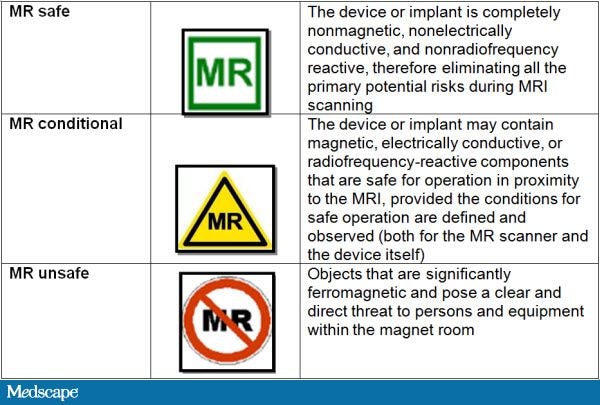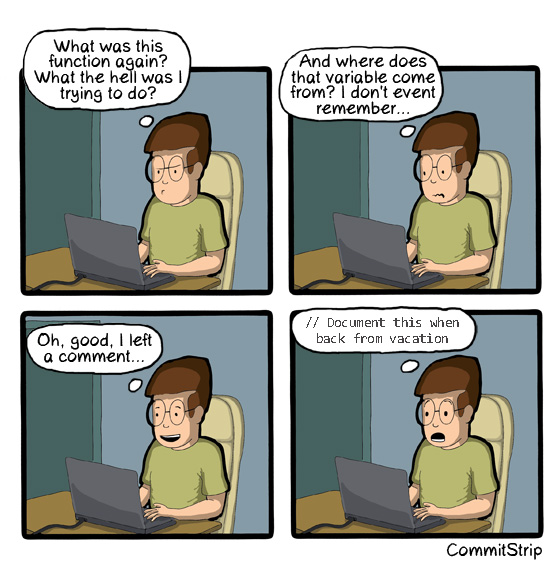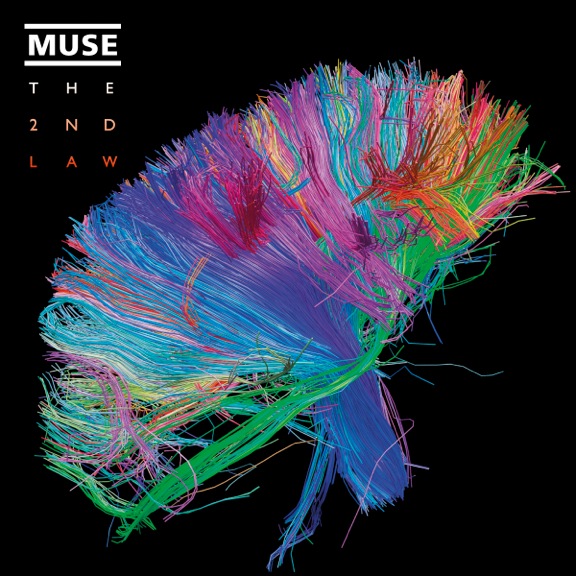Physics in Medicine and Biology is one of my favorite journals and recently they have awarded the best paper published in 2012: Defrise M, Rezaei A, & Nuyts J (2012). Time-of-flight PET data determine the attenuation sinogram up to a constant. Physics in medicine and biology, 57 (4), 885-99 PMID: 22290428
I have scan through this paper before, since it is actually a topic close to my work. Time-Of-Flight Positron Emission Tomography is one of the great trends of PET imaging and attenuation correction can be a struggle, specially for the new PET-MRI scanners, so the use of new information for attenuation correction will be important.
I have met the authors in conferences, two seniors Prof. Nuyts (researcher best known for Maximum a Posteriori reconstruction) and Prof. Defrise (researcher best known for Fourier Rebinning) and A. Rezaei is a young researcher with a promising career. Congratulations!

Image from here
I have scan through this paper before, since it is actually a topic close to my work. Time-Of-Flight Positron Emission Tomography is one of the great trends of PET imaging and attenuation correction can be a struggle, specially for the new PET-MRI scanners, so the use of new information for attenuation correction will be important.
I have met the authors in conferences, two seniors Prof. Nuyts (researcher best known for Maximum a Posteriori reconstruction) and Prof. Defrise (researcher best known for Fourier Rebinning) and A. Rezaei is a young researcher with a promising career. Congratulations!

Image from here














